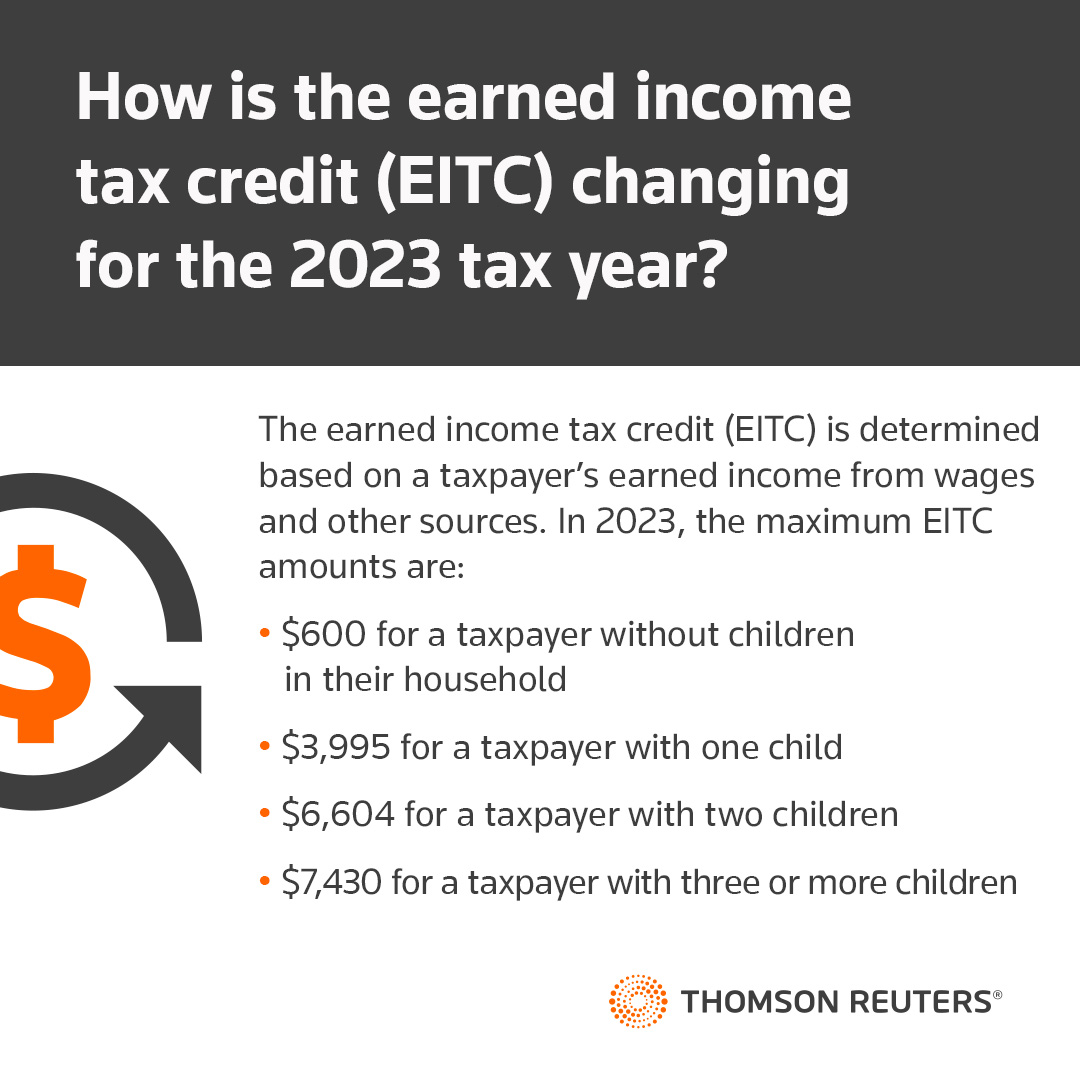Set your firm up for success
Jump to:
As the end of the year approaches, many forward-looking accounting firms are not only guiding clients through the intricacies of year-end tax planning, but they are also setting aside time to prepare for the year ahead.
In the first of our two-part year-end planning series, we’ll delve into three key ways accounting firms can prepare for next year and ensure sustained future growth, even amidst a challenging business landscape.
Year-end strategy #1: Prioritize staffing and bandwidth
If your firm struggles to fill gaps in staffing, you’re not alone. There is no doubt that tax professionals are hard to find, let alone replace. As you analyze your staffing needs for the next year, consider the following:
- Utilize short-term solutions. Outsourcing is a viable option for firms who need a temporary boost in bandwidth. To address staffing disruptions, such as sudden departures or personal leaves of absence, tapping into a reserve of skilled individuals is invaluable. Don’t be afraid to employ temporary staffing solutions to help mitigate the impacts of a challenging labor market.
- Pay staff what they’re worth. Striking a balance between expenses and revenue is essential to support your staffing needs. While you may think your firm can’t afford to pay higher salaries, the truth is you can’t afford not to. The cost of turnover can be enormous given the training and development costs most firms invest in their new hires, not to mention the cost of continuing professional education. So, if you currently employ high-performing professionals (or are looking to hire some), make sure you pay them what they’re worth.
The bottom line is this: retaining staff is much more beneficial than attempting to find replacements. While balancing the expenses of maintaining skilled professionals with your revenue model can be a challenge, it’s critical to ensure your firm is adequately supporting staff without compromising client service.
Year-end strategy #2: Harness the power of technology
As accounting firms struggle to do more with less, there is no question that incorporating technology into your daily tax workflow is a necessity. It can reduce your reliance on manual activities and boost your productivity.
When it comes to the tax and accounting space, artificial intelligence (AI) can essentially do the work of a human professional in preparing an individual’s tax returns or auditing a business of virtually any size. This does not necessarily mean the replacement of human tax professionals; rather, it means the transformation of work — for the better.
Here’s a look at how AI and automation can transform your firm in the year ahead.
- Boost staff productivity. Think about your firm’s daily workflow. Are there specific challenges or areas for improvement? Tax software powered by AI can automate manual activities, save time, and improve accuracy. Even entry-level professionals can jump right into value-added work like looking for trends and outliers, collaborating with clients, and thinking on a more strategic level.
- Unlock the power of your data. The data you hold is your firm’s largest asset. The advantage of AI is that it can rapidly process vast data sets. This enables you to swiftly analyze data using techniques like predictive analytics and anomaly detection, revealing patterns, trends, and potential tax-saving opportunities for clients.
- Address the talent shortage. When AI software handles manual tax work, your firm can operate with a lower, more engaged headcount and shift your focus to what matters most: better serving your clients. The combination of your knowledge and experience alongside technology is powerful. The result is happy staff members who are empowered to build deeper client relationships.
At the end of the day, AI serves as a transformative tool for tax professionals, which is why it should be a crucial part of year-end tax planning strategies for your firm.
Year-end strategy #3: Shift your value proposition to advisory
By using technology to automate traditional tax compliance work, more and more accounting firms are engaging clients based on the value and experience they bring to the table. By shifting from billable hours to an advisory services model, you can strengthen your firm’s value proposition and open the door to year-round client relationships.
Advisory engagements are built around your client’s business goals and strategy — in addition to traditional tax compliance. By incorporating AI technology, today’s accounting firms can offer clients predictive analytics and meaningful insight into their data for enhanced tax planning.
Remember: the data you hold is your firm’s largest asset. Shifting to an advisory services model backed by AI technology can put that data to work for your clients.
For more information on how to make the most of year-end tax planning and all the ways advisory services can transform how you serve your clients, check out our 2023 year-end tax strategy planning webcast. These planning strategies can ensure longevity and success for your firm in 2024 and beyond.
2023 year-end tax strategy planningJoin Shaun Hunley from Thomson Reuters and Business by Design’s Paul Miller to learn about the right tax strategies to help ensure your firm’s longevity and success in the years ahead. Watch webcast |






